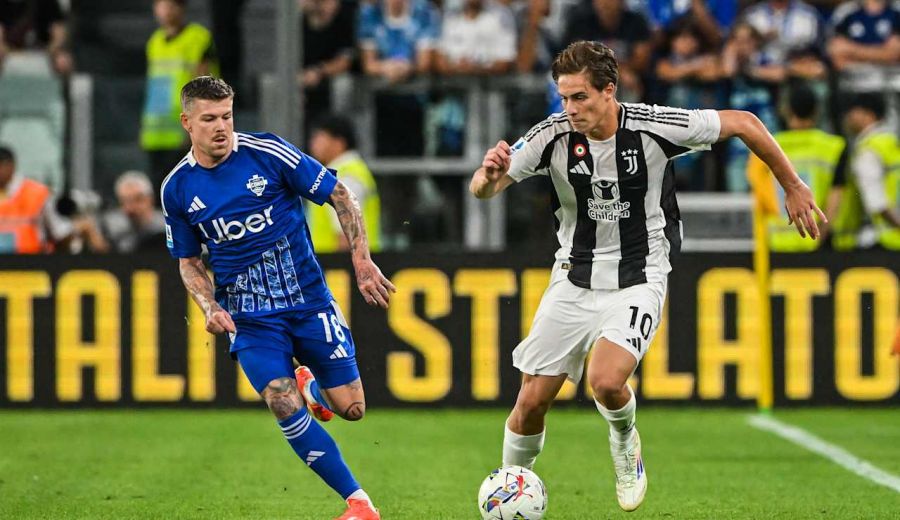Subtotal $0.00
Match context and team selections
Chelsea Liverpool stoppage-time win defined the night at Stamford Bridge, as Chelsea rallied to beat Liverpool 2-1. The match arrived amid injuries and a rotating lineup, testing both managers’ plans. Chelsea leaned on compact defence and rapid counters, while Liverpool pressed with intensity to control the tempo. The early goal gave Chelsea belief, but the visitors answered in the second half, setting the stage for late drama. The atmosphere, the tactical tweaks, and the late decision to chase a winner produced one of the season’s most compelling conclusions. For fuller context, consult the Premier League match report here.
In terms of selections, Chelsea named a blended XI designed to balance bite with solidity. The lineup preserved attacking intent while shoring up the middle and the backline amid a crowded fixture schedule. Liverpool, by contrast, fielded a high-energy front with pressing intent, aiming to control the middle third and feed runners into the space Chelsea offered on the break. Rotation and injuries loomed large for both clubs, forcing quick on-the-fly decisions from the touchlines as the game unfolded into a gripping, late-night narrative.
Caicedo fires Chelsea ahead with 22-yard strike
Fourteen minutes into the contest, Moisés Caicedo produced a moment of precision that pierced the visitors’ lines. The Ecuadorian midfielder unleashed a curling strike from 22 yards, flashing past the goalkeeper and into the top corner. The goal underscored Chelsea’s willingness to threaten from distance and their aptitude for converting counter-attacking openings into tangible advantage. The goal energized the home crowd and signalled a clear plan: hit Liverpool on the break and pounce when moments of space appeared.
The strike also illustrated Chelsea’s burgeoning confidence in front of goal. The build-up emphasized quick transitions and ball-winning pressure higher up the pitch, with Caicedo’s strike serving as the catalyst for a period of Chelsea dominance. Liverpool, undeterred, adjusted their shape to press higher and reduce the space behind the back line, but the early lead forced them into a reactive stance. For more on the home side’s approach, see Chelsea’s official report here and fans can also read the Premier League write-up here.
Gakpo’s equaliser from Isak flick
The equaliser arrived in the 63rd minute, a clinical finish from Cody Gakpo after a flicked pass from Alexander Isak. The moment punctured Chelsea’s early superiority and shifted momentum toward Liverpool, who fed off the error-prone transition and a more aggressive pressing approach. The finish was decisive in restoring parity and forcing Chelsea to regain their footing under pressure. It also highlighted Liverpool’s willingness to chase the game and test a reconfigured home defence that had looked solid for long spells.
After the equaliser, Liverpool built sustained pressure as Chelsea shuffled their defensive shape. The match intensified, with midfield battles becoming crucial and the tempo rising as both sides pushed for a winner. Chelsea’s answer came through discipline and quick counters, while Liverpool sought to capitalise on any miscue. For a different perspective on the equaliser, BBC Sport’s match report provides a detailed timeline here.
Late drama: Enzo Fernández hits the post
Chelsea’s near-miss moments mounted late in the game, none bigger than Enzo Fernández’s curling effort that clattered the post. The strike embodied the visitors’ growing pressure as the home side tried to anchor a late breakthrough. Fernández has become a focal point in Chelsea’s midfield during this congested period, arriving late in the box and threading passes to unlock compact defenses. The post’s woodwork became a symbol of the fine margins that defined the fixture’s closing stages.
The post denied Chelsea a lead at a moment when Liverpool were visibly wobbling under the weight of the hosts’ urgency. The sequence felt like a turning point that could swing the pendulum toward Chelsea, yet the final outcome would hinge on the stoppage-time drama to come. For fans seeking a deeper dive, the Liverpool official site offers context on substitutions and tempo shifts here.
Estêvão’s stoppage-time winner seals the victory
Into stoppage time, a substitute named Estêvão converted a decisive moment. The fresh legs in the final minutes provided Chelsea with a surge of pace and a credible route to the winner. The goal landed with clinical precision, sealing a dramatic 2-1 victory and delivering three points that Chelsea desperately needed in a tight league race. The moment was a reminder that managers who trust their depth can reap rewards when fatigue and risk mix late in the match.
The stoppage-time winner intensified Chelsea’s optimism while triggering a sobering note for Liverpool. It underscored the importance of squad depth and late-game discipline in a congested campaign. Fans and analysts will debate whether Estêvão’s decisive contribution reflects broader tactical choices or the impact of fresh legs in a high-pressing system. For further coverage, see the Premier League’s latest wrap and Chelsea’s post-match reaction here and Chelsea’s official site.
Injury, rotation and tactical decisions
Both camps dealt with injuries and rotational headaches throughout the 90-plus minutes. Chelsea’s backline faced changes, and Liverpool’s midfield lines shifted to maintain intensity in central areas. These adjustments shaped phase after phase as fatigue set in and strategic calls became crucial. The managers balanced short-term results with longer-term recovery, opting for formations that could morph from a compact block to an open counter-attack when opportunities appeared. The night’s tactical chess game demonstrated how fatigue, injuries, and squad depth influence decisions in real time.
Rotation affected the tempo and spacing, with substitutes introduced to inject pace and pressing intensity. Chelsea’s bench produced a tangible impact in the closing stages, while Liverpool looked to fresh legs to maintain momentum but found Chelsea’s late surge too strong. The tactical dependence on positional switches and quick transitions was central to the contest, and the stoppage-time winner highlighted how even small changes can unlock a result in a tightly contested fixture. For deeper tactical analysis, check out the BBC Sport feature here.
Implications for Chelsea and Liverpool going forward
Chelsea’s 2-1 win matters beyond three points. It preserves their flickering top-four hopes and injects belief into a squad that has battled inconsistency this season. The late show, combined with Caicedo’s early contribution and Estêvão’s decisive substitute, suggested depth and resilience are real assets as the fixture list remains grueling. The result adds momentum to Chelsea’s campaign and creates a talking point around rotation strategies, player development, and the importance of finding a finishing touch in stoppage-time scenarios. For ongoing coverage, the Premier League briefing offers regular updates here.
For Liverpool, the setback serves as a reminder of the ongoing need to balance squad depth with defensive solidity and clinical finishing in the final third. The loss narrows their margin for error and heightens scrutiny on decision-making under pressure. Yet, the performance demonstrated intent and a willingness to chase results against a rival with home comfort at stake. As both clubs prepare for the weeks ahead, analysis from Liverpool’s official site here and broader Premier League commentary will be crucial to understanding how this result fits into a congested season.












